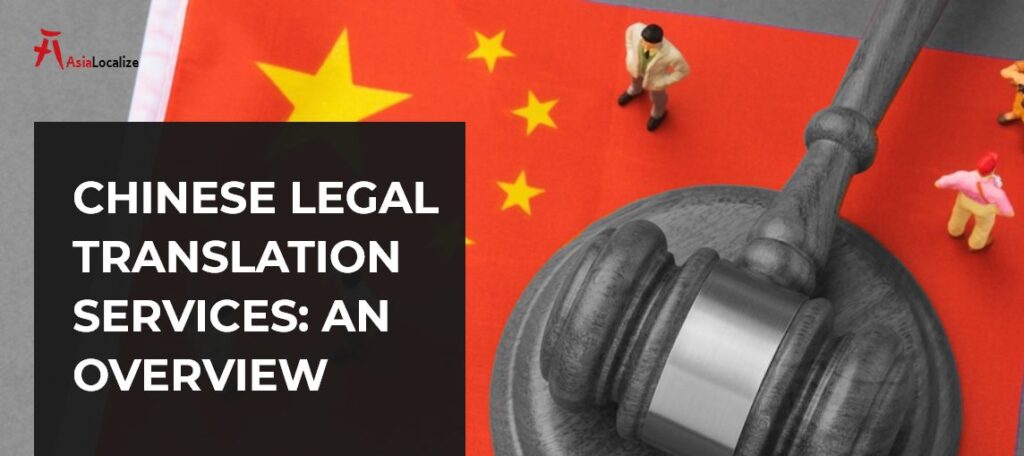The Role Of Technology In Improving Chinese Legal Translation Services

In today’s world, where legal documents are interconnected across borders, the demand for accurate and culturally sensitive translation services is paramount. This is especially true for Chinese legal translation services, given the complexity of the language and the complexity of legal terminology. This article explores the transformative role technology plays in improving Chinese legal translation services, breaking down barriers, and ensuring seamless communication across language environments.
Table of Contents
- The importance of technology in legal translation
- Challenges of Chinese legal translation
- Technology provides solutions
- Benefits from technological progress
- Integrating human expertise
- Future trends
- Case Study
- Conclusion
- FAQ
- Can AI replace human translators in Chinese legal translation?
- How does machine translation handle Chinese legal terminology?
- Are there risks in relying solely on technology for legal translation?
- How can companies ensure the confidentiality of legal documents during translation?
- What are the new trends in Chinese legal translation technology?
The importance of technology in legal translation
Advances in technology, particularly artificial intelligence (AI) and machine learning have revolutionized the field of legal translation. Using cutting-edge technology, translators can overcome traditional barriers and improve the quality and efficiency of their work.
AI and Machine Learning Chinese Legal Translation
AI-powered translation tools use massive datasets and sophisticated algorithms to analyze and translate text with incredible accuracy. In the context of Chinese legal translation, these technologies have been proven to help decipher complex legal documents and ensure accurate translations that maintain their intended meaning and legal validity.
Challenges of Chinese legal translation
Despite advances in technology, legal translation into Chinese presents unique challenges. This is mainly due to the language’s rich cultural heritage and complex linguistic structure.
Linguistic nuances and cultural background
Chinese is a language rich in cultural nuances and historical references, making accurate translation a difficult task. Legal document translation services often contain idiomatic expressions, proverbs, and cultural references that must be carefully considered to accurately convey the intended meaning.
Technology provides solutions
In response to the challenges posed by legal translation into Chinese, technology has introduced innovative solutions that streamline the translation process and improve overall accuracy.
Neural machine translation and natural language processing
Neural machine translation (NMT) systems based on deep learning algorithms have significantly improved the quality of legal translations in China. These systems analyze large amounts of bilingual data to produce contextually accurate translations, taking into account linguistic nuances and cultural subtleties. Additionally, natural language processing (NLP) technology allows machines to understand and interpret human language, further improving translation accuracy.
Benefits from technological progress
Integrating technology into your Chinese legal translation services can provide a variety of benefits, from increased efficiency to improved accuracy and consistency.
Efficiency and accuracy of legal translation
Technology-supported translation tools can significantly speed up the translation process and shorten delivery times without sacrificing quality. Additionally, AI-driven systems can detect and correct errors more effectively than traditional methods, ensuring accurate and reliable translations that meet the highest accuracy standards.
Integrating human expertise
While technology plays an important role in improving Chinese legal translation services, human expertise is still essential to ensure the quality and accuracy of translations.
The role of human translators alongside technology
Human translators bring a depth of understanding and cultural insight that cannot be replicated by technology alone. By working with AI-powered tools, translators can leverage technology to streamline their workflows and focus their expertise on tasks that require human judgment and interpretation.
Future trends
As technology continues to evolve, advances in AI are redefining the landscape of translation services, presenting exciting opportunities for the future of legal translation in China.
Advances in AI and their impact on translation
New technologies such as neural machine translation and natural language processing are constantly evolving, providing increasingly sophisticated solutions for Chinese legal translation. From real-time translation to personalized language models, the future promises unprecedented levels of accuracy and efficiency in legal translation services.
Case Study
A real-world example illustrates the transformative impact of technology on legal translation services in China, demonstrating successful implementation and tangible results.
Successful implementation of technology in legal translation
Case studies show how leading translation agencies and law firms leverage technology to improve their translation operations, increasing efficiency, cost savings, and customer satisfaction.
Conclusion
Technology has proven to be a powerful ally in improving legal translation services in China, providing innovative solutions that overcome traditional obstacles and improve translation accuracy and efficiency. By integrating AI and machine learning technology with human expertise, translation agencies, and lawyers can achieve new levels of accuracy and reliability in cross-cultural communication.
FAQ
Can AI replace human translators in Chinese legal translation?
Although AI technology has made great strides in the field of translation, human translators still play a critical role in ensuring the accuracy, cultural relevance, and legal validity of Chinese legal translations.
How does machine translation handle Chinese legal terminology?
Machine translation systems use advanced algorithms and rich bilingual datasets to account for linguistic nuances and contextual clues. Accurately analyze and translate Chinese legal terms.
Are there risks in relying solely on technology for legal translation?
Translation inaccuracies, loss of cultural nuances, and potential data security concerns. However, the combination of technology and human expertise can improve the quality and efficiency of legal translation services.
How can companies ensure the confidentiality of legal documents during translation?
Translation companies use encryption protocols, nondisclosure agreements, secure data processing practices, etc. to protect the confidentiality of legal documents. We have adopted strict security measures.
What are the new trends in Chinese legal translation technology?
Emerging trends in Chinese legal translation technology include the integration of AI-driven chatbots for real-time translation assistance, and the development of specialized language models for legal terminology, These include the adoption of blockchain technology for secure document verification and authentication.








